
In today’s video of the week, we are back in the shop with Andy Miller from Boatworks Today as he goes over the most common mistakes with working with fiberglass along with ways to avoid these types of setbacks. He performs hands-on demonstrations with our Polyester Laminating Resin.
After many years of conversations with customers, subscribers, followers and patreons, this is a topic that Andy always stumbles across. And today we share the top common mistakes when wetting out fiberglass that will save you a lot of time and frustration. Let’s get to it.
The first mistake he sees often is not using enough resin. Specifically, not pre-coating the surface before you lay down the first layer of glass. Whether you are applying it to plywood, balsa, Coosa, or fiberglass, you want to make sure the first layer is fully coated and saturated. He demonstrates this with two pieces of balsa, fiberglass cloth, and Polyester Resin – showing one correctly, and one incorrectly. On the first piece of wood (the incorrect demo), he lays down a piece of cloth first, and brushes on the resin with a chip brush to wet it out. He repeats this process with three more layers. On the second piece of wood, he shows the correct way. He coats the surface first with the resin. By pre-coating the surface, you now have resin working into the glass from both the top and bottom. In this example, the incorrect way did not adhere to the wood, and the layers were easily able to pull apart once set.
The next common mistake when working with fiberglass is trying to do too much. Whether it is trying to get too many layers of glass laid up in a certain time period, or just trying to work too large of an area for the type of resin you are using. It is better to take your time than to rush these types of projects. This will prevent mistakes and mishaps. In his next demonstration, he mixes another batch of Polyester Resin in our handy mixing cups. He shows two layups. One with too much resin and the second with just enough resin to use for wetting out the cloth. After that, he shows how to use an epoxy roller to push out the excess resin. While it is best to use too much resin then not enough, Andy shares the importance of making sure to roll out the excess epoxy with the right amount of pressure. In this example, once the resin is cured, the one with too much resin was loaded with air pockets and the correct sample was a good layup.
Thank you for following along and checking out today’s video! Be sure to give Andy’s video a like and be sure to follow his channel for more do’s and don’t and tips and tricks for all your boat repair and restoration projects!
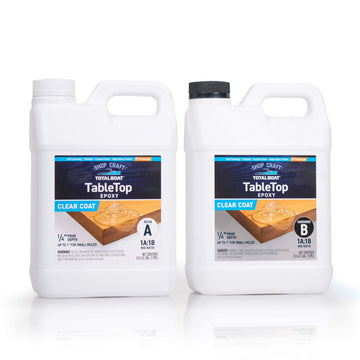

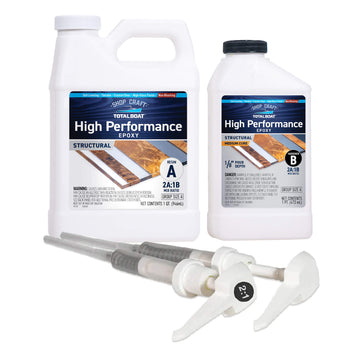

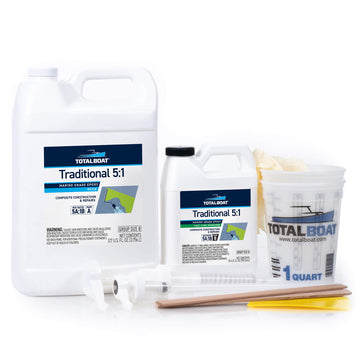
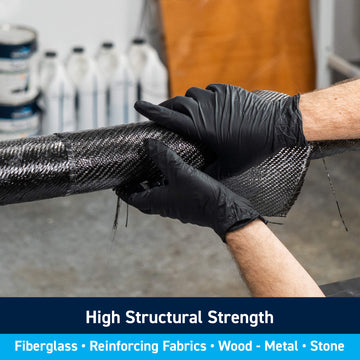
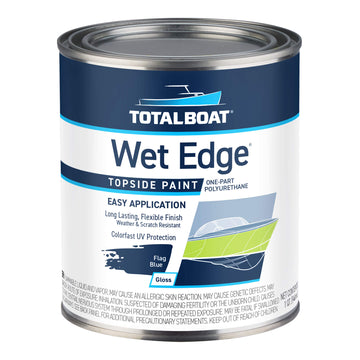

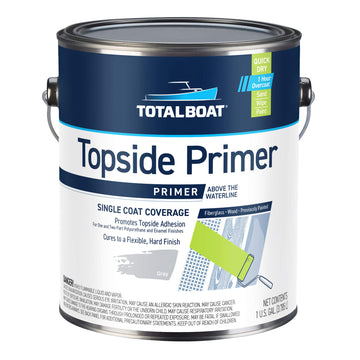

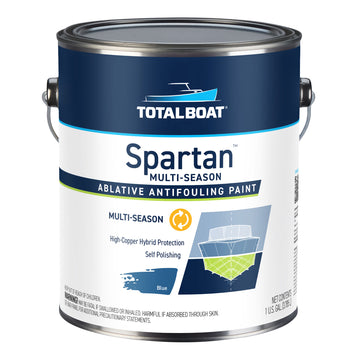
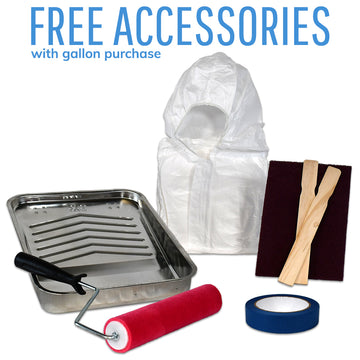
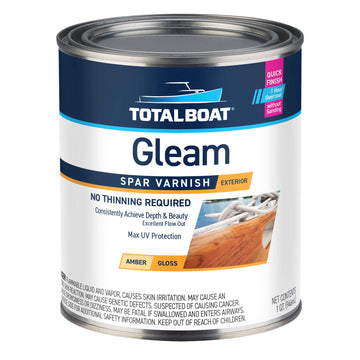

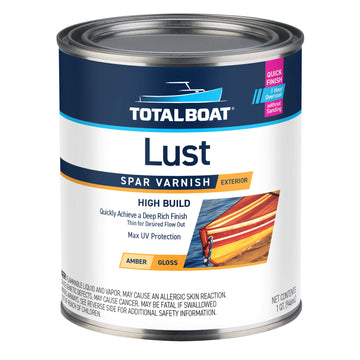

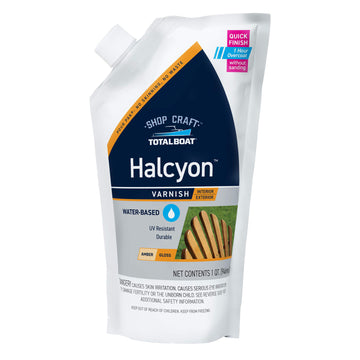
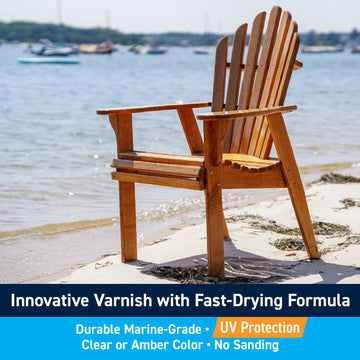




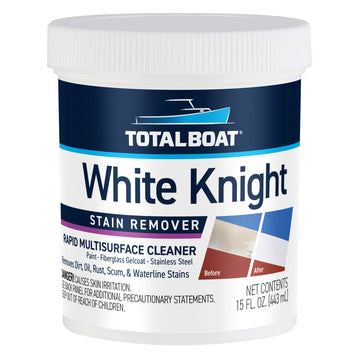
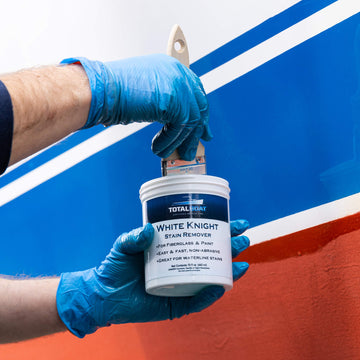











1 comment
Good stuff, thanks.